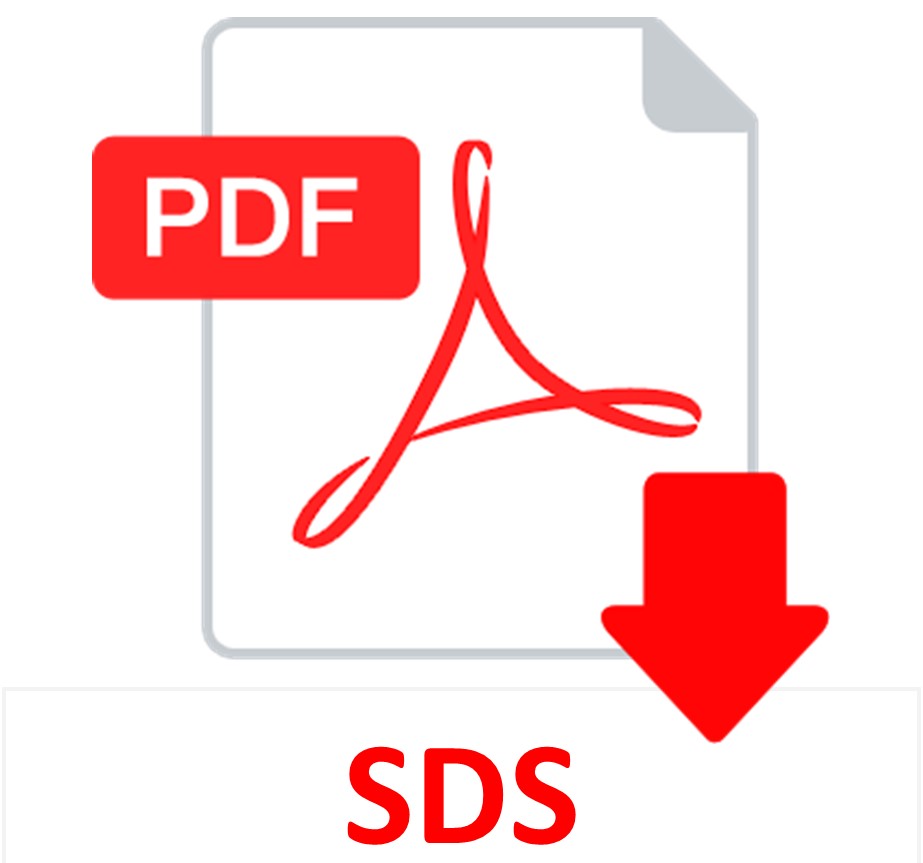Decalcifying Solution, Formic Acid/Formalin
- Shelf Life is 2 years from date of manufacture.
SOLUTION:
| 1 Liter | 1 Gallon | |
| Decalcifying Solution, Formic Acid/Formalin | Part 10493B | Part 10493C |
Additionally Needed:
| Decalcification End Point Set | Part 1051 |
For storage requirements and expiration date refer to individual bottle labels.
APPLICATION:
Newcomer Supply Decalcifying Solution, Formic Acid/Formalin combines bone decalcification and fixation into a one-step time saving process. This solution provides good cellular morphology preservation with a moderate rate of decalcification that is designed for light bone specimens such as sinus contents and disc material. It is not recommended for femoral head and long bone sections.
METHOD:
Fixation: Separate fixation not required
Technique: Paraffin sections cut at 4 microns on adhesive slides
Solutions: All solutions are manufactured by Newcomer Supply, Inc.
PROCEDURE:
-
- Submerge bone segment in Decalcifying Solution, Formic Acid/Formalin, adequately covering specimen at a 20:1 ratio.
-
- See Procedure Notes #1 and #2.
-
- Check the specimen regularly for adequate solution coverage. Change solution daily and do not add or mix fresh solution with old.
- Decalcification time will vary, dependent on bone size and weight.
-
- Check light bone samples every 1 to 2 hours.
- Light bone specimens, on average, will fix and decalcify in 4 to 6 hours.
-
- Check decal completion at regular intervals with Decalcification End Point Set (Part 1051) to deter over-decalcification.
-
- See Procedure Note #3.
-
- Wash in running tap water when decalcification is complete.
-
- Wash small samples 30-60 minutes.
- Wash larger bones 1-4 hours.
- Additional trimming of decaled bone can occur at this point to size and thickness suitable for tissue processing.
-
- Proceed with tissue processing procedure for bone specimens.
- Trim block and section bone. If trimming or sectioning is impaired due to bone hardness, surface decalcification is recommended.
-
- See Procedure Note #4.
-
- Perform surface decalcification: Soak exposed tissue surface side down in recommended decalcifying solution for 15-60 minutes. Rinse block with distilled water to remove corrosive acids and re-section.
-
- See Procedure Note #5.
-
- Submerge bone segment in Decalcifying Solution, Formic Acid/Formalin, adequately covering specimen at a 20:1 ratio.
PROCEDURE NOTES:
-
- Decal solution should be in contact with all specimen surfaces. For multiple pieces, ensure pieces are separated or suspended and not in direct contact or stacked on each other.
- Enhance fixation/decalcification with low-speed agitation shaker, rotator or stir plate.
- Decalcification end-point testing can also be done with specimen radiography. Physical probing of bone is not recommended.
- Decalcifying Solution, Formic Acid/Formalin is not a preferred product for surface decalcification. Decalcifying Solution, Formic Acid 5%, Aqueous (Part 1049) and Decalcifying Solution, Formic/Citrate (Part 10492) are recommended for optimal surface decalcification.
- Only a few calcium-free sections will be obtained after surface decalcification. Repeat the process for additional sections.
REFERENCES:
-
- Bancroft, John D., and Marilyn Gamble. Theory and Practice of Histological Techniques. 6th ed. Oxford: Churchill Livingstone Elsevier, 2008. 338-343.
- Luna, Lee G. Manual of Histologic Staining Methods of the Armed Forces Institute of Pathology. 3rd ed. New York: Blakiston Division, McGraw-Hill, 1968. 6-11.
- Urban, Ken. “Routine Decalcification of Bone.” Laboratory Medicine 12.4 (1981): 207-212.
- Villanueva, Anthony. “Experimental Studies in Demineralization and Its Effects on Cytology and Staining of Bone Marrow Cells.” The Journal of Histotechnology3 (1986): 155-161.
- Modifications developed by Newcomer Supply Laboratory.



